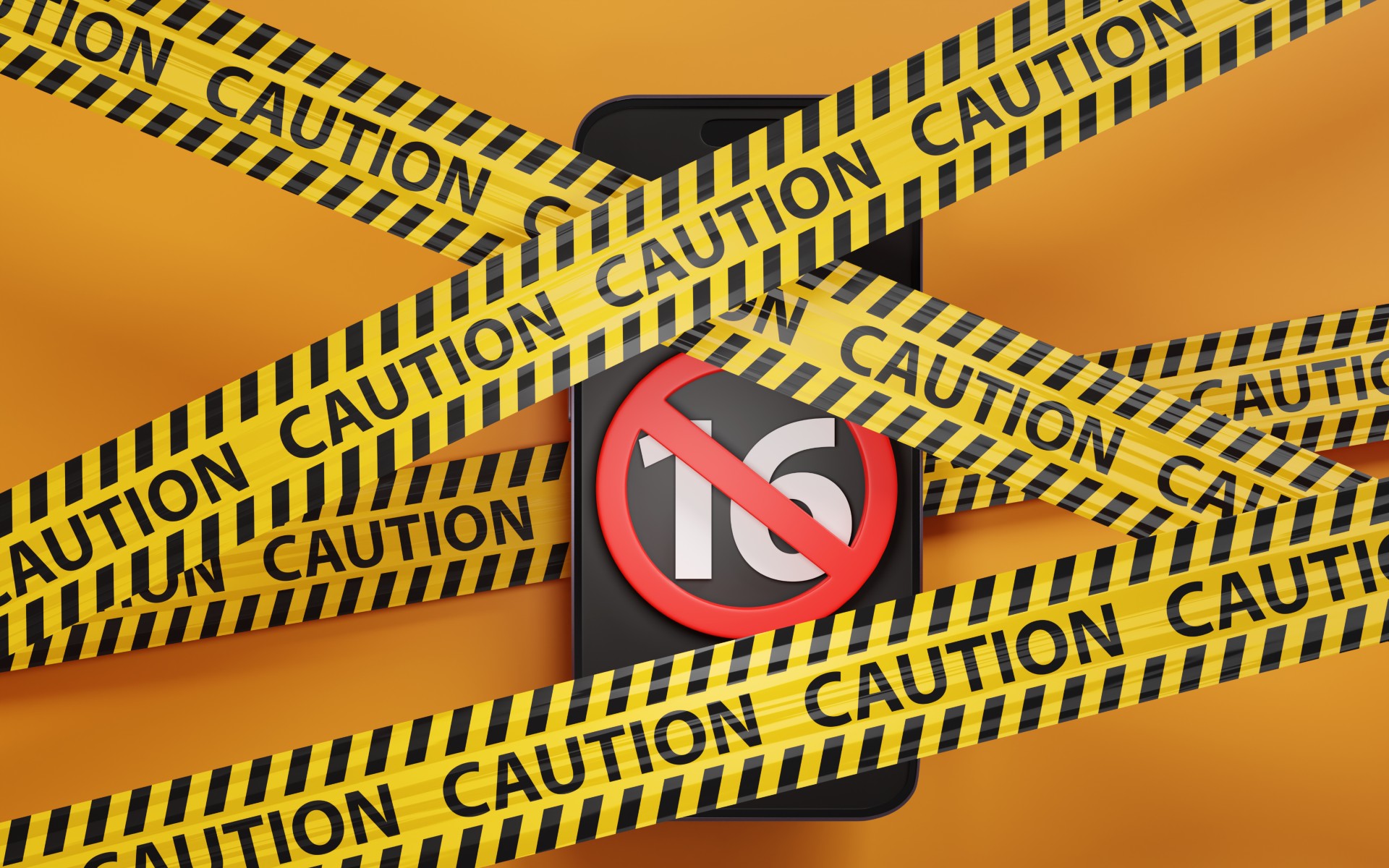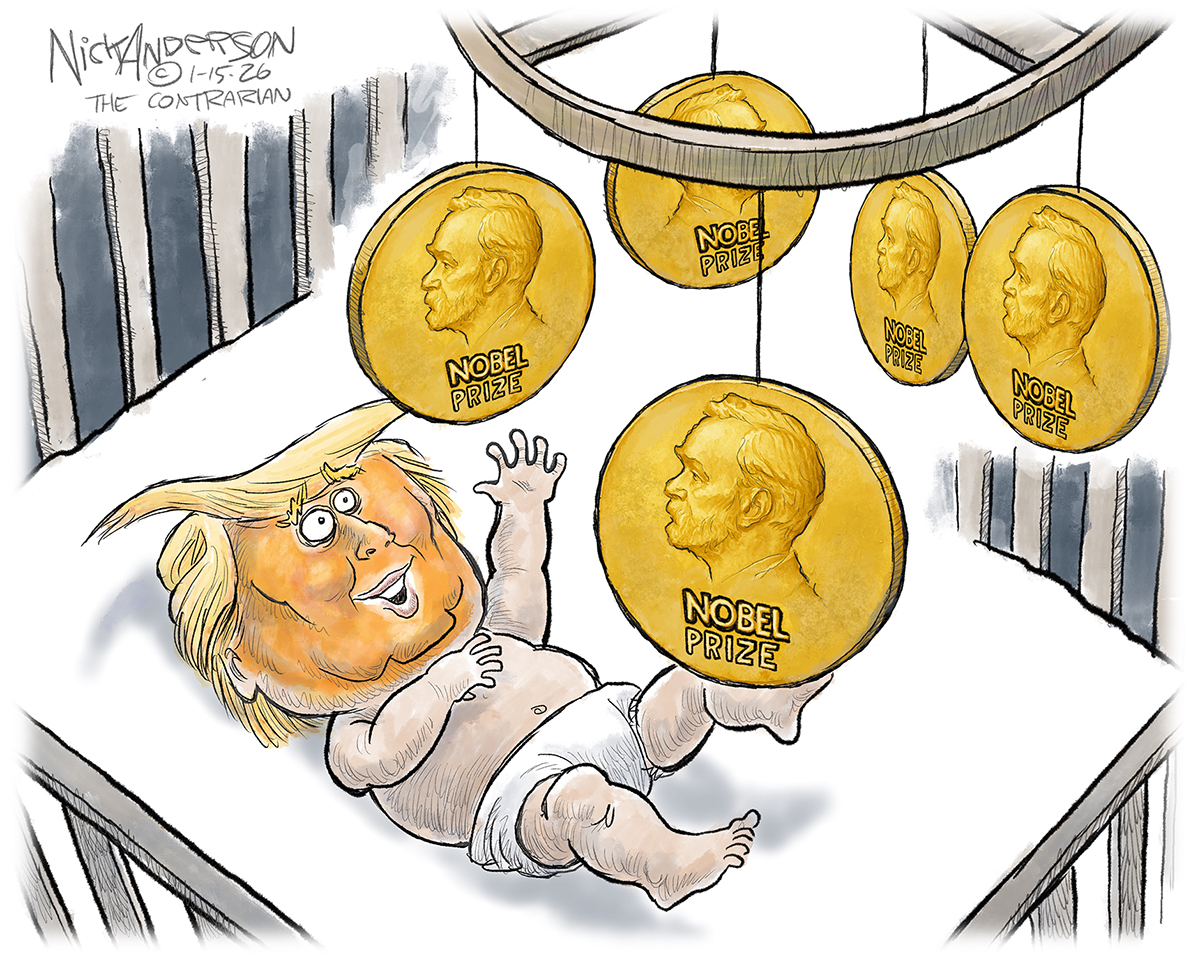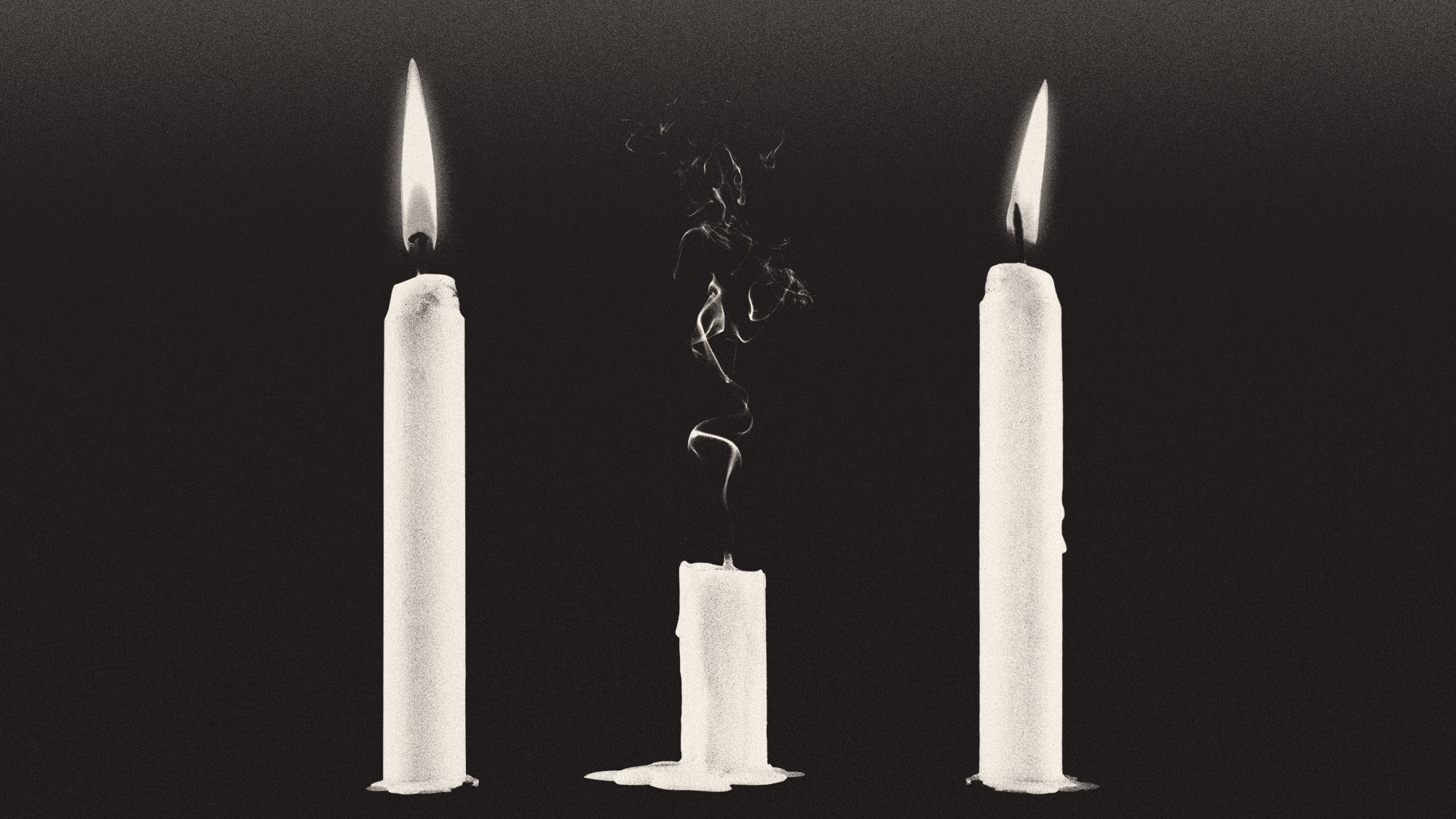Why scientists are worried about bird flu
Researchers are sounding the alarm about cases of avian influenza in mammals


The 2022-2023 avian influenza outbreak is officially the worst on record. Since last winter, some 208 million birds worldwide have died from H5N1 or been culled, raising the price of eggs and chicken globally. In recent days, scientists have sounded increasingly worried that a mutation could cause a "spillover" event, in which H5N1 becomes more efficiently transmitted from human-to-human.
Why are scientists worried?
Revelations about the spread of avian flu at a Spanish mink farm in October are raising alarm. The mink were infected with an H5N1 variant known as 2.3.4.4b, which was discovered in 2020 and has since made its way around the world. While it is not uncommon for mammals to catch avian flu after direct contact with infected birds, the mink farm showed evidence of transmission between the mink themselves, "unprecedented among mammals," Columbia University professor Zeynep Tufekci wrote at The New York Times.
Samples obtained from the mink had a mutation that made it easier for the virus to gain a foothold in mammals, and it appears to be the first instance of such transmission outside of laboratory settings. If the virus can do it in minks, it can do it in us. Imperial College London virologist Tom Peacock told Science this "is a clear mechanism for an H5 pandemic to start." Dutch virologist Marion Koopmans said on Twitter that "we are playing with fire." The more types of animals that are infected with H5N1, the more opportunities the virus has to jump into humans through an intermediary host. The mink farm incident is one of 119 outbreaks among animals since October 2021, according to the BBC. There have been five confirmed human cases in that time period, as well as one death.
The Week
Escape your echo chamber. Get the facts behind the news, plus analysis from multiple perspectives.

Sign up for The Week's Free Newsletters
From our morning news briefing to a weekly Good News Newsletter, get the best of The Week delivered directly to your inbox.
From our morning news briefing to a weekly Good News Newsletter, get the best of The Week delivered directly to your inbox.
How deadly is H5N1 for humans?
The World Health Organization's data shows that in the past 20 years, there have been 868 documented human infections of H5N1, who caught the virus from direct contact with the saliva, mucus, and feces of infected birds. Of those cases, 457 led to deaths, giving H5N1 a known Case Fatality Rate (CFR) of over 53 percent. While the Infection Fatality Rate (IFR), an estimate that takes into account asymptomatic or mild cases that go unreported, may not be that high, there is no question that if the virus were able to spread easily between humans, it would cause a grave public health crisis. In 2008, a group of Canadian researchers estimated that the human CFR of a mutated avian flu pandemic would be between 14 percent and 33 percent, which would make the COVID-19 crisis look minor in comparison. Other researchers are more optimistic, and believe that the fatality rate of the existing strain that infects humans through direct contact with birds is much lower than WHO estimates due to missed cases.
Why has this outbreak been so bad?
The 2022-2023 disaster is ongoing and approaching the one-year mark, and scientists do not have a clear answer as to why this outbreak is so much worse than those in the past.
Avian influenza kills nearly all the birds it infects and can burn through entire flocks in a matter of days. At least 80 species of birds have been infected during this outbreak, which has affected countries around the world. Health authorities have taken different approaches to controlling the outbreak. China is vaccinating commercial birds, while French and British authorities have encouraged farmers to bring their flocks indoors to avoid infection from wild birds passing by. U.S. farmers are encouraged to pursue a variety of biosecurity measures, including limiting the number of people coming in and out of farm facilities and placing "disinfectant foot baths" at the entrances to coops. Other producers have, in effect, gone into lockdown to limit their own contacts.
Other countries, including France and the Netherlands, are experimenting with new vaccines, which had been a last resort. Vaccinated birds and their eggs are difficult to export commercially — paradoxically because vaccination is seen as evidence that avian flu is running rampant through the exporting country and because vaccinated birds may not show symptoms when infected. But the most common approach, and that deployed in the United States, is to cull domesticated flocks, which can be agonizing for farmers and financially ruinous.
A free daily email with the biggest news stories of the day – and the best features from TheWeek.com
How worried should we be?
Experts have been warning for years about the emergence of a pandemic-capable avian flu in humans. So far, no mutations have been found in humans infected with the virus that would make it easier to transmit between people, and the risk to humans who are not in direct contact with infected birds is negligible. There have been cases in the past where humans were shown to have been infected with versions of H5N1 that carried worrisome mutations but that nevertheless did not lead to a pandemic. "But it seems foolish to count on that," wrote Tufekci. After all, "deadly influenza pandemics occur regularly in human history."
Human vaccine development efforts are ongoing. There are existing vaccines that would likely help, but production would need to be scaled up dramatically and adjustments made for the new strain of the flu. Eyal Leshem, director of the Center for Travel Medicine and Tropical Diseases at Sheba Medical Center in Israel, said last year that "I don't think anyone should panic about it because bird flu has been around for a long time in various locations and has not yet turned into a pandemic, highly pathogenic influenza."
David Faris is a professor of political science at Roosevelt University and the author of "It's Time to Fight Dirty: How Democrats Can Build a Lasting Majority in American Politics." He's a frequent contributor to Newsweek and Slate, and his work has appeared in The Washington Post, The New Republic and The Nation, among others.
-
 Is a social media ban for teens the answer?
Is a social media ban for teens the answer?Talking Point Australia is leading the charge in banning social media for people under 16 — but there is lingering doubt as to the efficacy of such laws
-
 Magazine crossword: 1499
Magazine crossword: 1499Puzzles The weekly crossword from The Week
-
 Political cartoons for January 16
Political cartoons for January 16Cartoons Friday’s political cartoons include the Nobel Peace prize, the wrong island, and more
-
 Deaths of children under 5 have gone up for the first time this century
Deaths of children under 5 have gone up for the first time this centuryUnder the radar Poor funding is the culprit
-
 A fentanyl vaccine may be on the horizon
A fentanyl vaccine may be on the horizonUnder the radar Taking a serious jab at the opioid epidemic
-
 Health: Will Kennedy dismantle U.S. immunization policy?
Health: Will Kennedy dismantle U.S. immunization policy?Feature ‘America’s vaccine playbook is being rewritten by people who don’t believe in them’
-
 More adults are dying before the age of 65
More adults are dying before the age of 65Under the radar The phenomenon is more pronounced in Black and low-income populations
-
 Ultra-processed America
Ultra-processed AmericaFeature Highly processed foods make up most of our diet. Is that so bad?
-
 Climate change is getting under our skin
Climate change is getting under our skinUnder the radar Skin conditions are worsening because of warming temperatures
-
 Is this the end of ultraprocessed foods?
Is this the end of ultraprocessed foods?Today's Big Question California law and the MAHA movement are on the same track
-
 Bluetoothing: the phenomenon driving HIV spike in Fiji
Bluetoothing: the phenomenon driving HIV spike in FijiUnder the Radar ‘Blood-swapping’ between drug users fuelling growing health crisis on Pacific island
